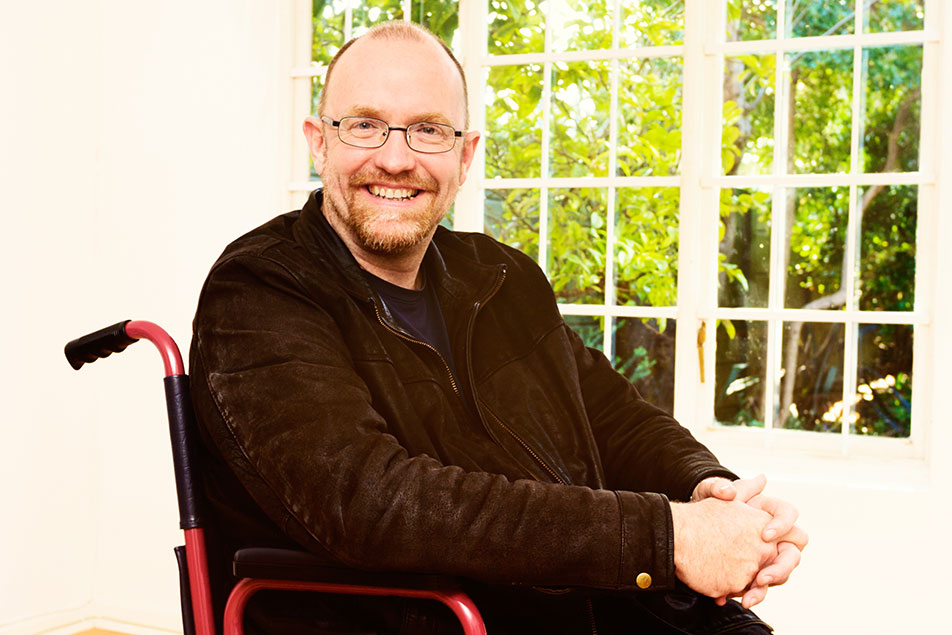
This content was provided by Guangbin Xia, MD, PhD, PPG – Neurology.
Amyotrophic lateral sclerosis (ALS), also known as Lou Gerig’s Disease, is a progressive disease that affects the nerve cells (neurons) in the brain and spinal cord. Motor pathways from the brain to the spinal cord, and from the spinal cord to muscles are affected. .
As ALS progresses, coordinated movement becomes more difficult and, eventually, may be impossible. Although ALS cannot be cured, medical research is making great strides in understanding the disease and how survival and quality of life can be improved for individuals living with an ALS diagnosis and their families.
Symptoms
The first sign of ALS is often weakness in one leg, one arm or the tongue. The weakness typically spreads slowly to both arms and both legs. This happens because as the motor neurons slowly die, they stop sending signals to the muscles, so the muscles don't have anything telling them to move. Over time, with no signals from the motor neurons telling the muscles to move, the muscles get weaker and smaller.
As time passes, ALS also leads to:
- Muscle twitching
- Trouble using your hands and fingers to do things
- Problems with speaking, swallowing, eating, walking and/or breathing
- Problems with memory, thinking and changes in personality (uncommon)
ALS does not cause numbness, pain, tingling or loss of feeling.
Risk factors
Instances of ALS are categorized as “sporadic” most commonly, but can also be genetic. According to the ALS Association, “Most of the time ALS is not inherited. In about 90% of cases, the person is the only member of the family with the disease. These cases are called ‘sporadic ALS’. The cause of sporadic ALS is not well understood, but may be due to a combination of environmental and genetic risk factors.
About 10% of cases are considered ‘familial ALS’ (FALS). In these cases, more than one person in the family has ALS and sometimes family members have frontotemporal dementia as well. People with FALS often start showing symptoms at earlier ages than in sporadic ALS.”
The Parkview ALS Clinic
In an effort to support local patients experiencing ALS, Parkview Neurosciences introduced the Parkview ALS Clinic last fall. The first objective of the clinic is to confirm or refute an ALS diagnosis for patients. Until confirmed or ruled out, an ALS diagnosis is often characterized as “definite”, “probable” or “possible”. During that initial office visit, providers will ask the patient about their family history, conduct a physical exam and do testing that indicates how the individual’s muscles and nerves are functioning. If the patient does, in fact, have the condition, Parkview providers will help develop a treatment plan. If an individual does not have ALS, we refer them to other providers, as appropriate.
Our goal is to help patients manage the disease. While there is no cure for ALS, the care team can help improve an individual’s quality of life. We can also share the latest research and access to clinical trials related to ALS.
This clinic also provides convenience, as patients can see multiple providers in one visit, close to home. In the past, those who have received an ALS diagnosis had to travel a good distance from home.
Learn more about the Parkview ALS Clinic.



